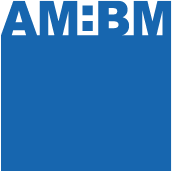Research projects
Current projects:
- Thrombus formation and growth
- Geometrically exact isogeometric analysis of curved beams
- Virtual development of electrical components through geometry-based analysis
- Noise and Vibration of Electric Drives: Space-Time Boundary Element Formulations
- Advanced Isogeometric Framework for the Analysis of Electric Drives
A list of all research project can be found in the PURE database.
Contact
Institute of Applied Mechanics
Technikerstraße 4/II
8010 Graz
Austria
Tel.: + 43 (0) 316 873-7640
Fax: +43 (0) 316 873-7641
Email: iam@tugraz.at
Technikerstraße 4/II
8010 Graz
Austria
Tel.: + 43 (0) 316 873-7640
Fax: +43 (0) 316 873-7641
Email: iam@tugraz.at
